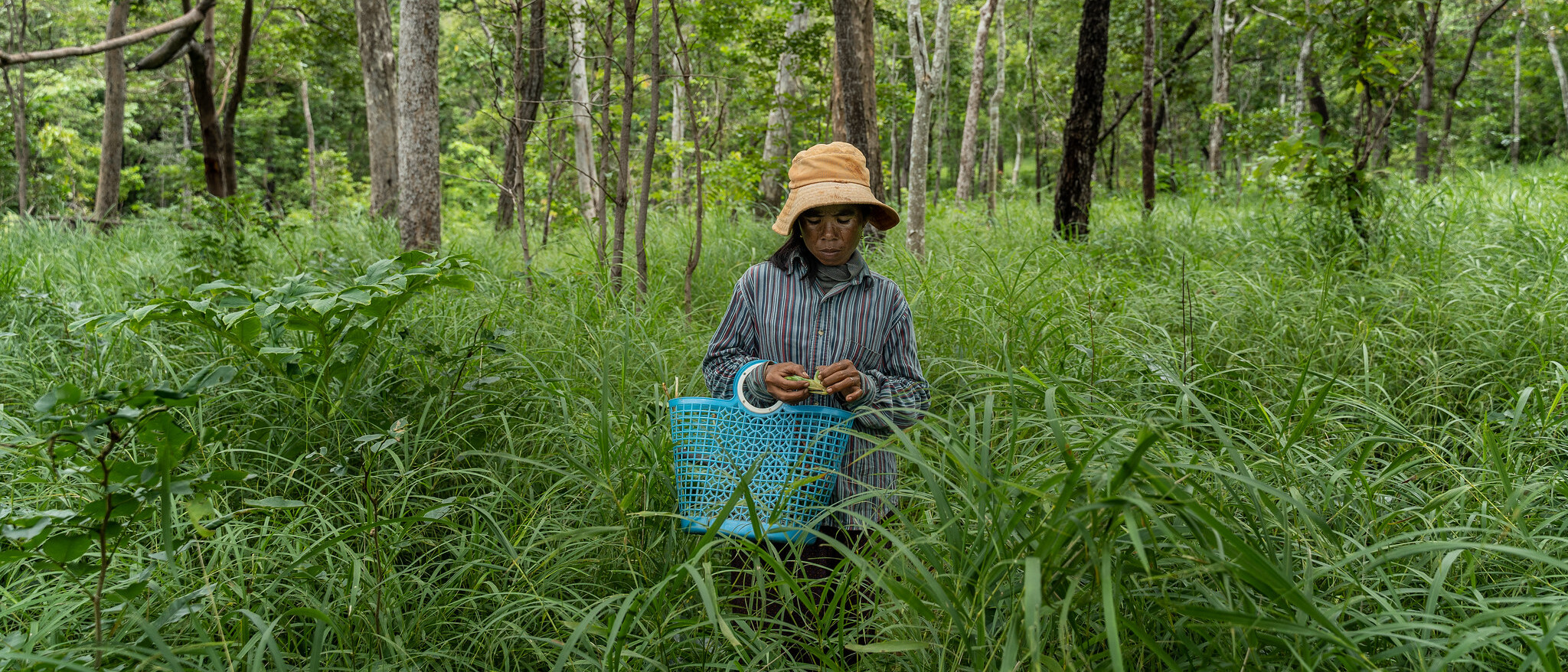Joint FAO-TRAFFIC workshop on sustainable health care, well-being and nutrition raises the profile of wild plants

©Enric Català Conteras
Incomplete data on trade wild plants, as well as the insufficient level of the uptake of sustainable management practices for these species, are threats to livelihoods, plant diversity and habitats, heard a FAO-TRAFFIC workshop on 30 September to discuss solutions to bridging the data gap on wild plants, and assess the sustainability of trade and use. FAO and TRAFFIC presented joint work which commenced in December 2019 on assessing available data for selected flagship wild plants to improve their visibility in official statistics, support more systematic monitoring in turn, inform associated policy and decision making. This included the development of data profiles on specific products, including Prunus Africana, shea, licorice, Brazil nuts, bamboo, cork, and gum arabic, among others. The joint work also involved the development of a prototype for a tool aimed at the private sector and policy makers to support the assessment of risks and opportunities related to specific wild-plant based value chains.
“The collaboration with TRAFFIC enabled us not only to better understand the trade patterns of flagship wild plants, but also to develop a user-friendly framework to carry out a rapid risk assessment related to the trade in wild plants”, said Sven Walter, Team Leader of the Forest Products Team at FAO.
Hundreds of millions of people depend on wild plant products for a living, with hundreds of millions more consuming these products or ingredients on a daily basis. Around 26,000 plant species are known to have well-documented medicinal or aromatic uses, and over 1,000 of those in international trade, primarily as food and well-being product ingredients. An estimated 60-90% of species in trade are wild harvested. The over-harvesting, driven by the commercial trade, as well as habitat change due to conversion and the impacts of climate change are main threats. The industries using wild plant ingredients are diversifying, with many of plants becoming increasing popular food and wellness ingredients, in addition to traditional medicine. The ongoing COVID-19 crisis brought to fore the importance of plant-based products for potential prevention and treatment, with little consideration of the long-term sustainability of the species such products originate from or the livelihoods of collectors.
”Collaboration between FAO and TRAFFIC on wild plant issues has focussed on bringing together information about the environmental and social risks associated with wild plant product supply chains, essential information for reaching out to key audiences and achieving lasting impacts for these resources”, said Steven Broad, Executive Director of TRAFFIC.
The workshop saw presentations by Giulia Muir, wild plant specialist, on FAO’s work on wild plants; Anastasiya Timoshyna, on TRAFFIC’s work on the sustainability of wild plant trade; Steven Broad, Executive Director of TRAFFIC on tools to assess sustainability opportunities and risk and guest speaker Jim Chamberlain, US Forest Service, on tools to track wild plant harvest (experiences from North America).
Participants
broke out into working groups to discuss experiences on collecting
data, as well as assessing risks related to wild plants trade.
Incorporating wild plants into forest inventorying, identifying key
flagships to focus on, building in-country capacities to collect data,
using permits as a proxy for collection, and exploring new digital tools
(e.g. earth maps) where all cited as opportunities for improving the
situation. The main next steps identified were the raising of funds to
pursue these opportunities.
The recording is available here.
